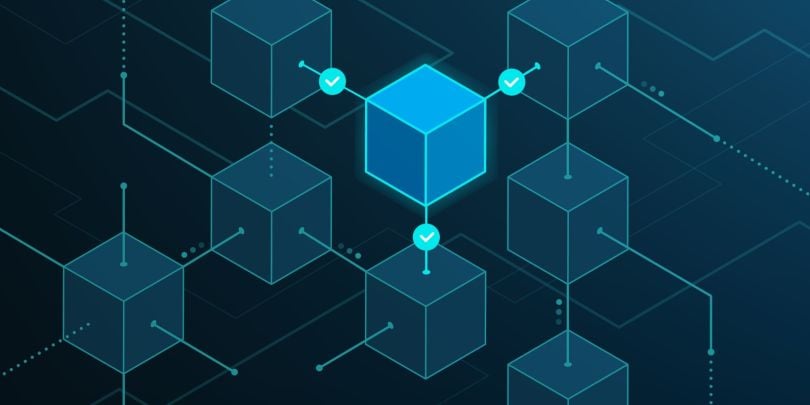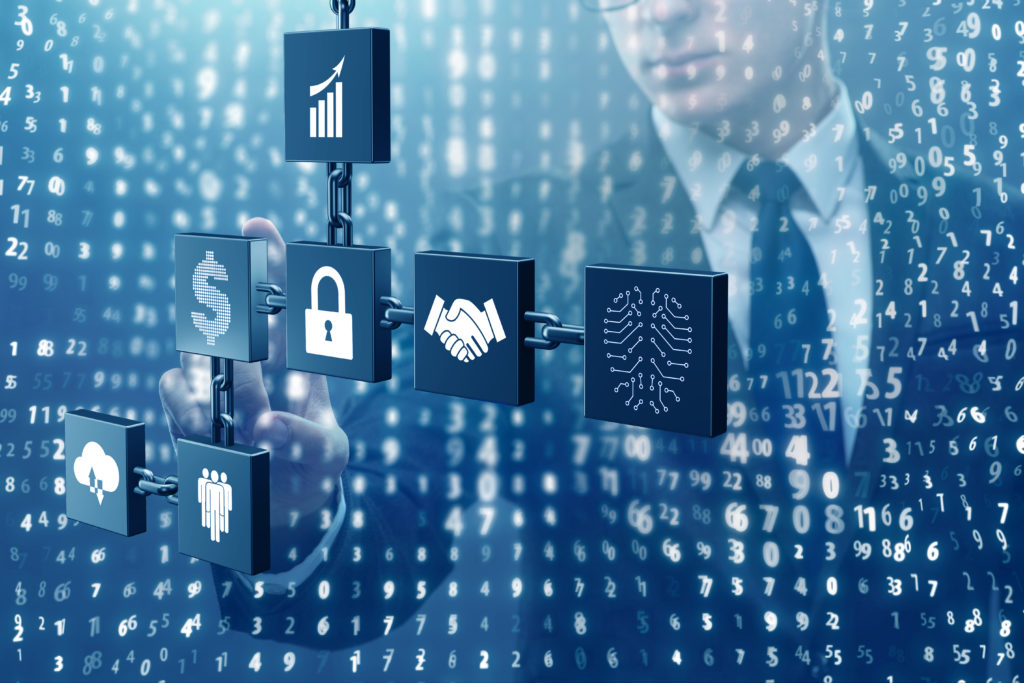In today’s fast-paced digital world, blockchain technology has become one of the most significant innovations. But many still ask, “What is Blockchain Technology?” If you’re new to this concept, don’t worry. In this blog, we’ll break down everything you need to know about blockchain in a natural, easy-to-understand way.
Introduction to Blockchain
Let’s start simple. The term blockchain technology has been buzzing around for quite some time, especially with the rise of cryptocurrencies like Bitcoin and Ethereum. But blockchain is far more than just the foundation of digital currency. It’s a revolutionary system that has the potential to reshape various industries beyond finance. From securing personal data to making global supply chains more transparent, blockchain is truly changing how we store, share, and secure information.
In this blog, we’ll answer “What is Blockchain Technology?”, explain how it works, and explore its real-world applications.
What is Blockchain Technology?
At its core, blockchain technology is a decentralized digital ledger that records data in a secure, transparent, and tamper-proof way. Imagine it as a digital version of a record book, but instead of being controlled by one entity, it’s spread across a network of computers (called nodes). Each node has a copy of the ledger, which updates automatically every time new data is added.
So, to break it down, “What is Blockchain Technology?” It’s a way of recording and verifying transactions or data without needing a central authority, such as a bank or government.
Key Components of Blockchain
- Blocks: These are units that store transaction data. Every time a new transaction occurs, it’s added to a block.
- Chains: Once a block is filled with data, it gets linked to the previous block, forming a chain. Hence, the term “blockchain.”
- Nodes: These are computers or devices that maintain a copy of the blockchain. Nodes work together to verify the authenticity of new transactions.
- Decentralized Ledger: Unlike traditional systems where data is stored in a single location, blockchain is decentralized, meaning all nodes have access to the entire ledger, making it nearly impossible to tamper with.
How Does Blockchain Work?
Now that we’ve covered what blockchain technology is, let’s dive into how it actually works.
Step-by-Step Process:
- A transaction is initiated: Whether it’s sending cryptocurrency or signing a smart contract, the process begins when a user initiates a transaction.
- Transaction gets verified: Once initiated, the transaction is sent to the network for verification. This is done through consensus mechanisms like Proof of Work or Proof of Stake, where nodes (or participants) verify that the transaction is legitimate.
- The transaction is added to a block: After verification, the transaction is bundled with others and added to a block.
- The block is added to the chain: Once the block is filled, it is cryptographically secured and added to the blockchain.
- Ledger updates across all nodes: Every node on the network updates its copy of the ledger, ensuring all participants have the same record.
This process ensures that the blockchain is transparent, secure, and immutable.
Why is Blockchain Secure?
A crucial aspect of understanding what blockchain technology is lies in its security features. Blockchain is often hailed as being incredibly secure, and here’s why:
- Cryptographic Hashing: Each block on the blockchain is secured using a cryptographic hash, which converts data into a fixed-length string of characters. If anyone tries to change the data, the hash changes, making it clear that the data has been tampered with.
- Immutability: Once a block is added to the blockchain, it cannot be altered or deleted. This makes the blockchain an immutable (unchangeable) ledger of records.
- Decentralization: Since the blockchain is maintained across multiple nodes, there’s no central point of failure. If one node is compromised, the rest of the network remains secure.
This unique combination of features ensures that blockchain technology provides a level of security that traditional systems cannot easily match.
Types of Blockchains
Not all blockchains are created equal. There are three main types of blockchains, each serving a different purpose:
Public Blockchains:
These are fully open blockchains where anyone can participate. Examples include Bitcoin and Ethereum. Public blockchains are decentralized, and anyone can join as a node, verify transactions, or create new blocks.
Private Blockchains:
In contrast, private blockchains are restricted to a specific group of participants, typically within an organization. These blockchains are used for internal purposes, like managing supply chains or financial records within a company.
Consortium or Hybrid Blockchains:
These blockchains are a combination of public and private. They allow selected participants to access certain aspects of the blockchain while maintaining public visibility in others. They’re often used by industries requiring both transparency and privacy.
Use Cases of Blockchain Technology
Now that we’ve covered what blockchain technology is and how it works, let’s explore its use cases across various industries.
1. Finance (Cryptocurrency and Payments):
Blockchain’s most well-known use case is cryptocurrency, with Bitcoin being the pioneer. With blockchain, financial transactions become more secure, faster, and cheaper, especially for cross-border payments.
2. Supply Chain Management:
Blockchain enhances the transparency and traceability of goods in supply chains. From ensuring the authenticity of products to tracking their journey from origin to consumer, blockchain ensures that data is secure and reliable.
Blockchain Beyond Cryptocurrency
Blockchain isn’t limited to cryptocurrency. In fact, the technology is fueling a wide range of innovations.
Smart Contracts:
Smart contracts are self-executing contracts where the terms are directly written into code. These contracts automatically execute when predefined conditions are met, removing the need for intermediaries.
Non-Fungible Tokens (NFTs):
NFTs have taken the art and entertainment world by storm. They represent ownership of unique digital assets (like art, music, or even tweets) on the blockchain.
Decentralized Applications (dApps):
Decentralized applications (dApps) run on blockchain networks without a central authority. They offer a wide range of services, from decentralized finance (DeFi) to gaming, without relying on traditional intermediaries.
Challenges and Limitations of Blockchain
While blockchain technology has immense potential, it’s not without challenges:
1. Scalability:
Blockchain networks, especially public ones like Bitcoin, can struggle with scalability. As more users join the network, transaction speeds can slow down, leading to delays and higher fees.
2. Energy Consumption:
Proof of Work (used by Bitcoin) is an energy-intensive process. It requires significant computational power, leading to concerns about its environmental impact.
3. Regulatory Issues:
The decentralized nature of blockchain makes it difficult to regulate. Governments around the world are still grappling with how to enforce laws on blockchain-based activities, especially in finance.
The Future of Blockchain Technology
As blockchain technology continues to evolve, it’s clear that its potential is far-reaching. The future may see new consensus mechanisms that are less energy-intensive, wider adoption in industries like healthcare and finance, and perhaps even the integration of blockchain into everyday life.
Blockchain could transform how we handle everything from data privacy to elections, making society more transparent and secure.
Conclusion
So, what is blockchain technology? It’s a decentralized, secure, and transparent system for recording data. While often associated with cryptocurrency, blockchain’s uses span far beyond digital coins. Its potential to reshape industries, protect personal data, and make global systems more efficient is undeniable. As blockchain continues to grow, its impact on the world will only become more profound.
If you’re interested in how blockchain technology might influence the future, now’s the time to pay attention. It’s not just the future of money, but the future of how we interact with digital systems worldwide.

 China
China Russia
Russia India
India










32 Comments